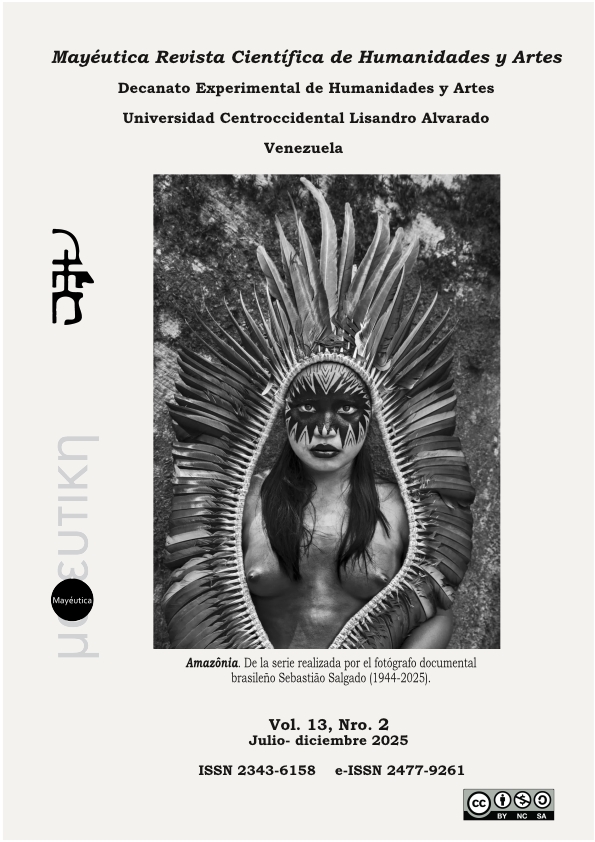a comic culture called carnival
DOI:
https://doi.org/10.5281/zenodo.16797558Keywords:
carnival, culture, literatureAbstract
Carnival, says Russian philosopher and philologist Mikhail Bakhtin (1895-1975), is a semiotic system that has been built up over the centuries. The language of carnival permeated the literature and utopian musings of the Renaissance. The world in which François Rabelais (1483-1553), the great figure of 16th-century French and world literature, was a carnivalesque world of popular inspiration, of the public square, which allowed him to write Gargantua and Pantagruel, the embodiment of the essence of carnival, and which can be clearly seen in Peter Brueghel the Elder's brilliant painting The Battle Between Carnival and Lent, painted in 1559.
Downloads
References
Acosta, V, (2021). Lo de arriba y lo de abajo. Ensayo sobre la risa y la comicidad antigua, medieval y renacentista. Monte Ávila.
Batjin, M. (1998). La cultura popular en la Edad Media y el Renacimiento. El contexto de Francois Rabelais. Alianza Editorial.
Brueghel el Viejo, P. (1559). El combate entre don Carnal y doña Cuaresma. Kunsthistorisches Museum Wien, Bilddatenbank.1. The Yorck Project (2002) 10.000 Meisterwerke der Malerei [DVDROM], distributed by Directmedia Publishing GmbH. https://commons.wikimedia.org/w/index.php?curid=148502
González Pérez, M. (2014). Carnavales y Nación, estudios sobre Brasil, Colombia, Costa Rica, Cuba y Venezuela. Intercultura.
Rabelais, F. (2011). Gargantúa y Pantagruel. (Trad. Gabriel Hormaechea, Pref. Guy Demerson, notas Gabriel Hormaechea). Cartoné.
Published
How to Cite
Issue
Section

This work is licensed under a Creative Commons Attribution-NonCommercial-ShareAlike 4.0 International License.





